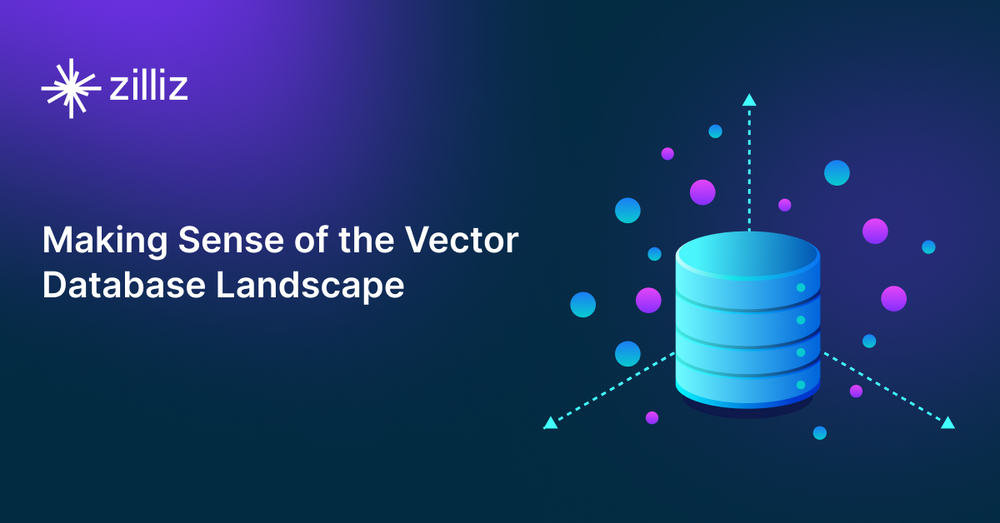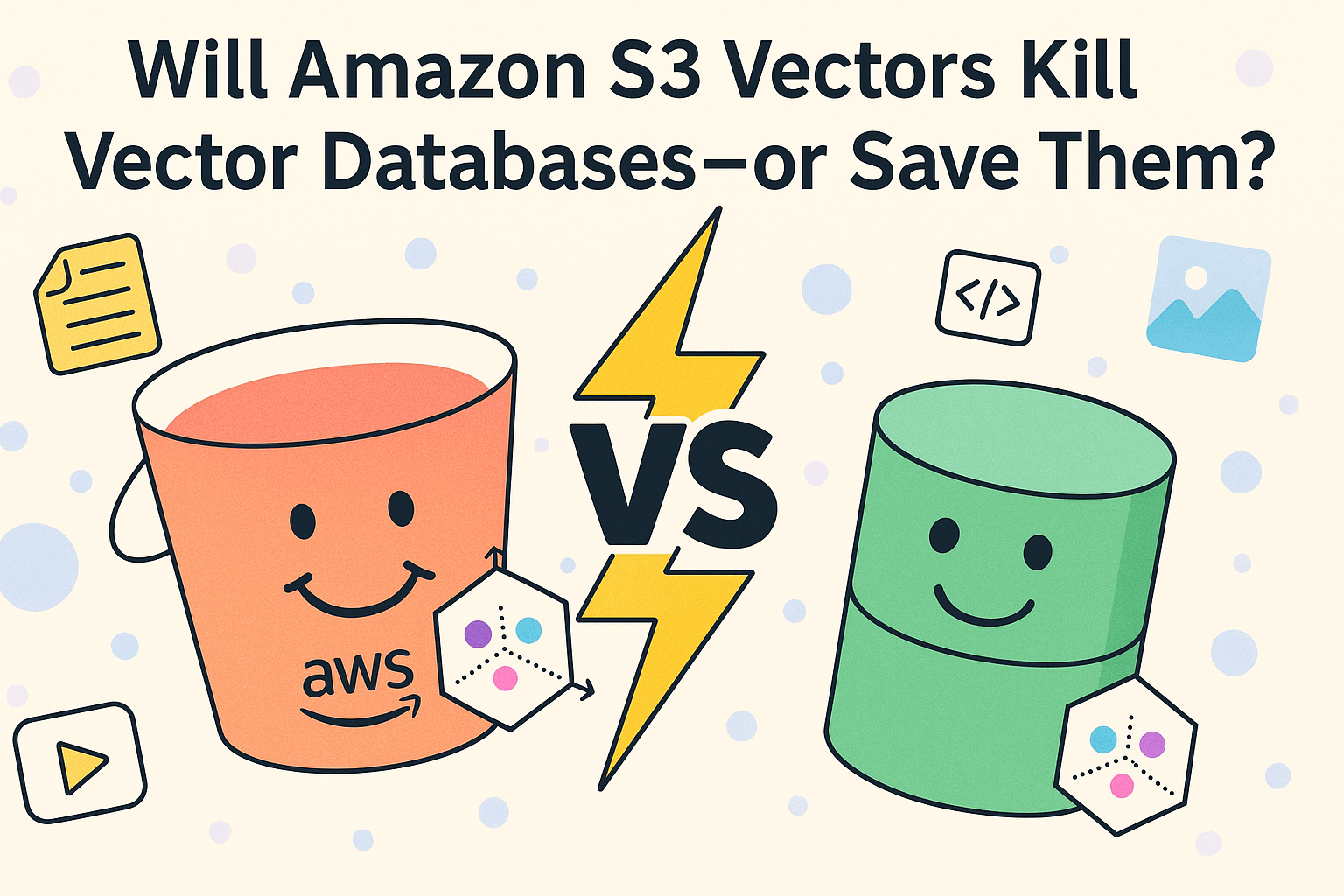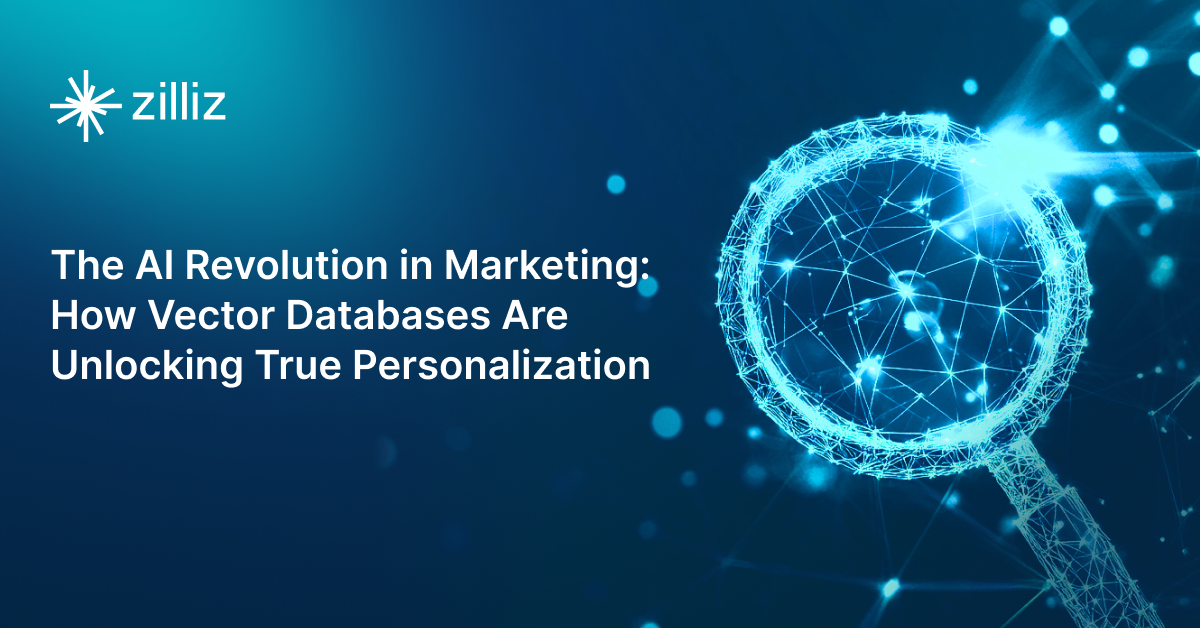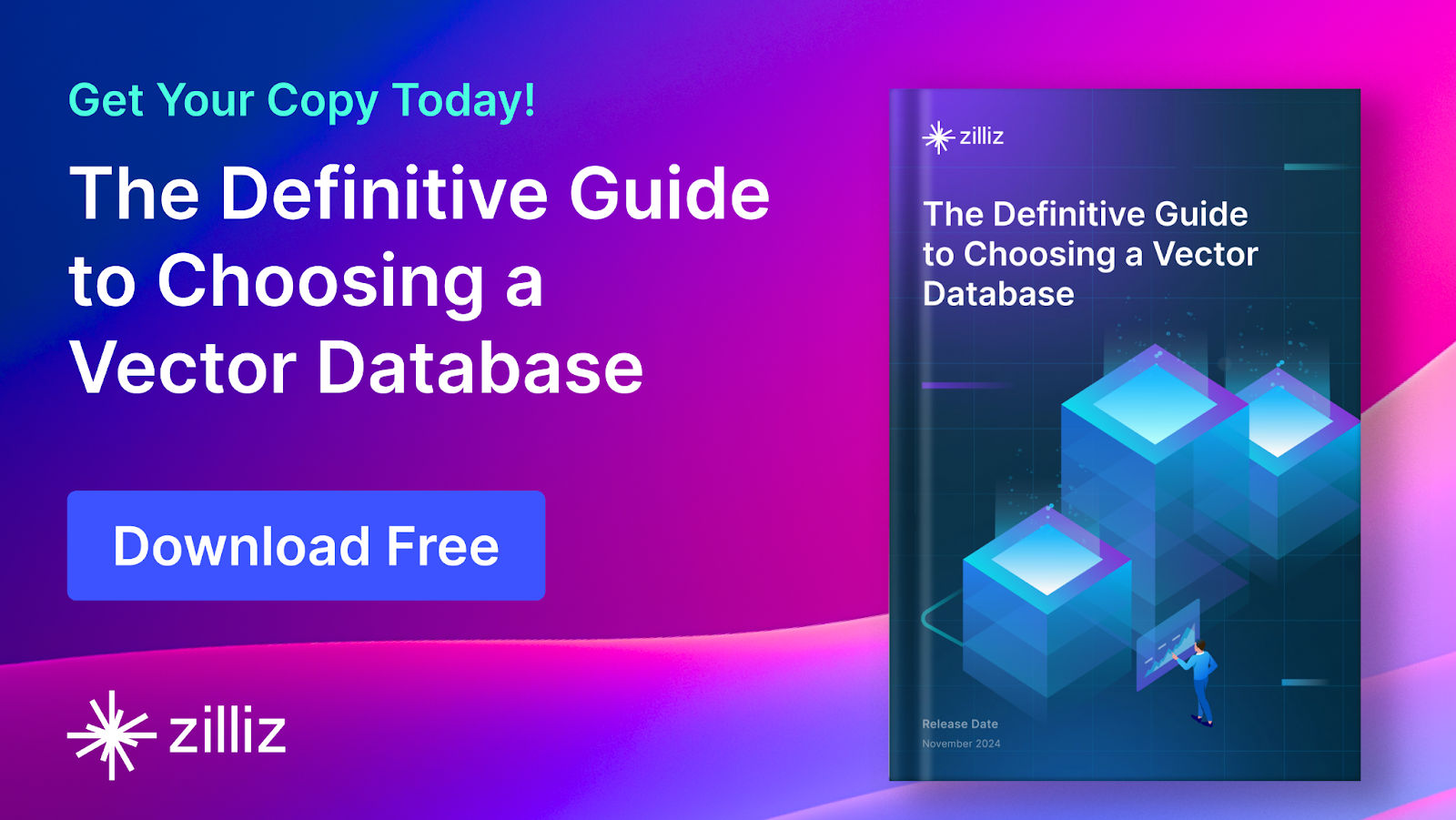Making Sense of the Vector Database Landscape

By 2025, an incredible 90% of new data will be unstructured—text, images, audio, and videos that don’t neatly fit into rows, columns, or predefined models. This shift represents one of the biggest challenges in modern data management but also creates exciting opportunities to innovate in AI, recommendation systems, and semantic search.
Enter vector databases: cutting-edge systems built specifically to store and query high-dimensional vector embeddings. These embeddings transform unstructured data into actionable insights by capturing its meaning in numerical form to enable complex calculations and semantic comparisons that enable product recommenders, reverse image search, anomaly detection, and more.
However, as the vector database landscape rapidly evolves, organizations face a crowded market filled with conflicting claims and confusing options. How can you choose the right solution for your use case?
Our comprehensive new resource, The Definitive Guide to Choosing a Vector Database, answers this question. Inside, you’ll discover:
Why purpose-built vector databases outperform traditional systems like PostgreSQL and Elasticsearch for handling large-scale unstructured data.
How Approximate Nearest Neighbor (ANN) algorithms enable fast, scalable searches, even with billions of high-dimensional vectors.
The features that matter most for AI-driven applications, from hybrid search capabilities and GPU optimization to schema flexibility and multi-tenancy.
Comparisons of top players in the vector database market, including Milvus, Zilliz, Pinecone, and Weaviate, to help you understand their strengths and trade-offs.
How to run benchmarks on your own data across vendors using open-source tools to evaluate performance, scalability, and cost-effectiveness for your specific workloads.
Whether you’re building Retrieval Augmented Generation (RAG) pipelines to reduce AI hallucinations, implementing recommendation systems, or enhancing semantic search, this guide equips you with the knowledge to make an informed choice.
Don’t let the complexity of the vector database market slow you down. Download The Definitive Guide to Choosing a Vector Database today and take the first step toward making the most of your unstructured data.
Start Free, Scale Easily
Try the fully-managed vector database built for your GenAI applications.
Try Zilliz Cloud for FreeKeep Reading

Will Amazon S3 Vectors Kill Vector Databases—or Save Them?
AWS S3 Vectors aims for 90% cost savings for vector storage. But will it kill vectordbs like Milvus? A deep dive into costs, limits, and the future of tiered storage.

Zilliz Cloud Launches in AWS Australia, Expanding Global Reach to Australia and Neighboring Markets
We're thrilled to announce that Zilliz Cloud is now available in the AWS Sydney, Australia region (ap-southeast-2).

The AI Revolution in Marketing: How Vector Databases Are Unlocking True Personalization
Explore how vector databases and AI are transforming marketing platforms, enabling real-time personalization and predictive analytics while balancing automation with creativity.

